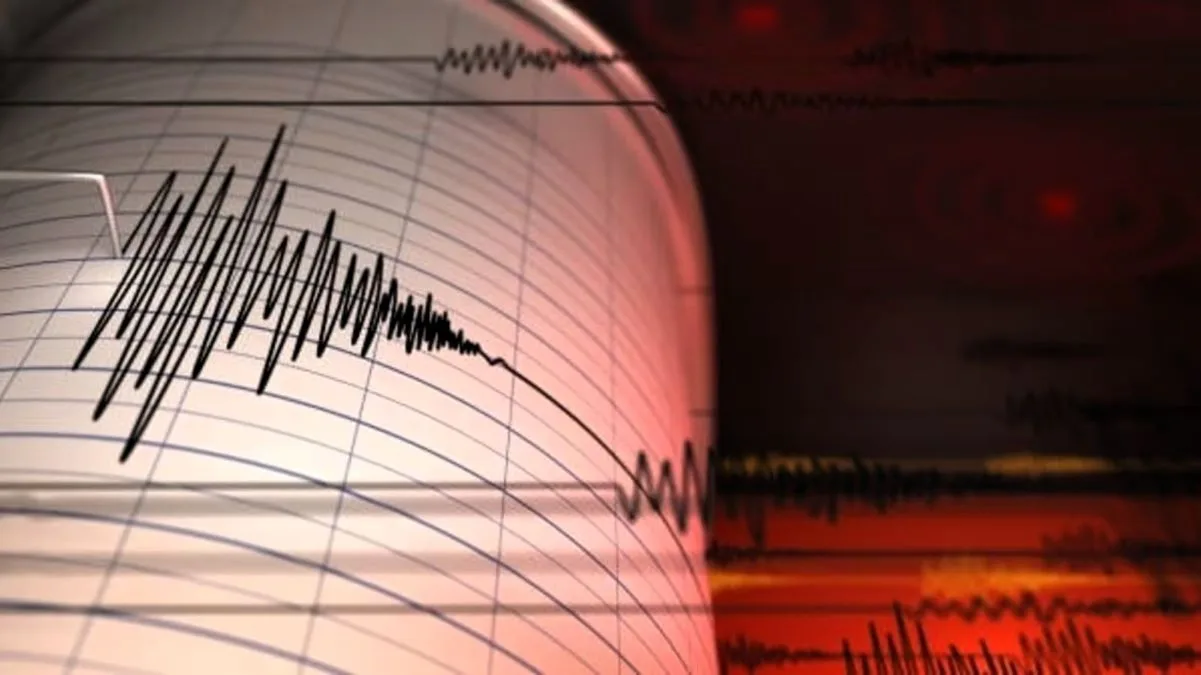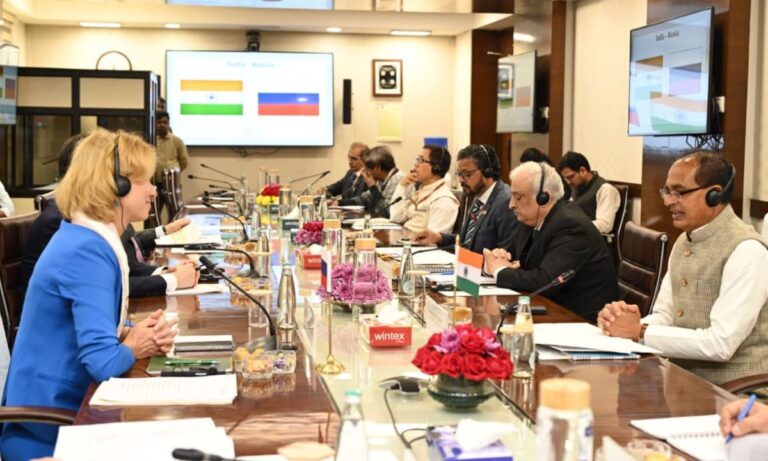
Earthquake Strikes Delhi-NCR with 5.8 Magnitude; Epicenter in Hindu Kush Region
On Saturday evening, the Delhi-NCR region experienced strong jolts of an earthquake, measuring 5.8 on the Richter scale. The tremors were felt at 9:34 PM, causing panic among the residents. The earthquake’s epicenter was identified to be in the Hindu Kush region of Afghanistan. Fortunately, there have been no reports of casualties or damage to property so far.
The earthquake‘s impact was not limited to the Delhi-NCR region alone. The aftershocks were felt in the neighboring Jammu and Kashmir region, affecting Pakistan, Afghanistan, and India due to its epicenter in the Hindu Kush region.
This seismic event adds to a series of earthquakes that have occurred in the region over the past months. On July 17, an earthquake measuring 3.8 on the Richter scale was felt in Katra at 10:07 PM. Prior to that, on June 14, the valley experienced multiple tremors, with the magnitude ranging from 3.3 to 4.3. April 30 also witnessed an earthquake in Jammu and Kashmir with a magnitude of 4.1 on the Richter scale.
The Delhi-NCR region’s susceptibility to earthquakes is due to its proximity to the Himalayas and its location in Zone 4, which is considered a high-risk seismic area. The presence of three fault lines near Delhi (Sohna, Mathura, and Delhi-Muradabad) further increases the risk of seismic activities in the region.
Earthquakes are caused by the movement and collision of tectonic plates within the Earth’s lithosphere. The sudden release of energy during plate ruptures leads to seismic events, ranging from mild tremors to potentially destructive earthquakes.
Authorities and residents of the Delhi-NCR region are advised to remain vigilant and prepared for seismic events. Being proactive in implementing safety measures and earthquake-resistant infrastructure can significantly reduce the potential impact on life and property during such natural disasters.
Despite the moderate intensity of the recent earthquake, it serves as a reminder of the importance of disaster preparedness and the need to continually monitor seismic activities in earthquake-prone regions. Public awareness and education about earthquake safety measures are vital in ensuring a swift and effective response in the event of future seismic events.





